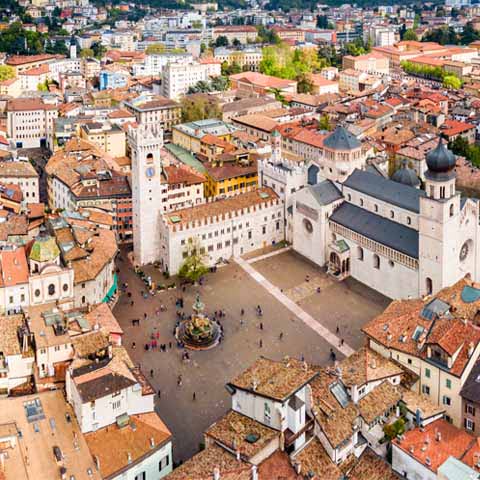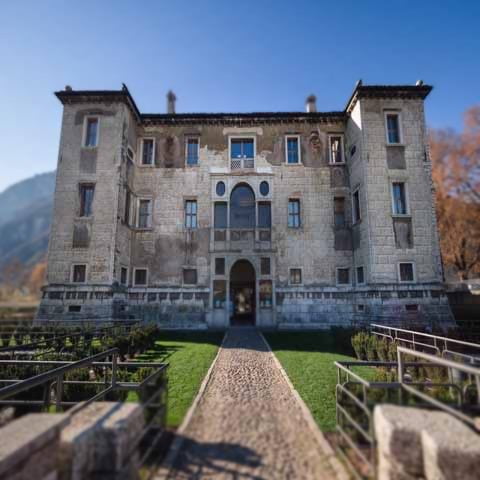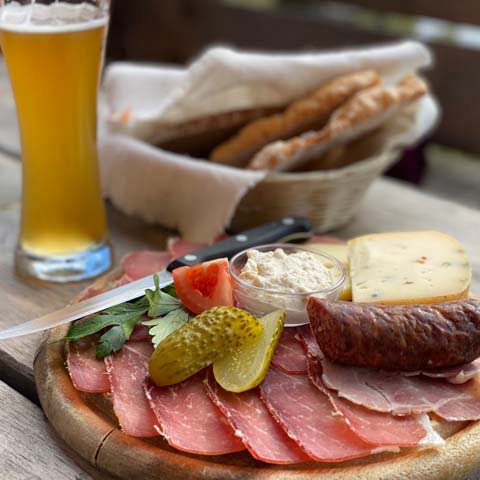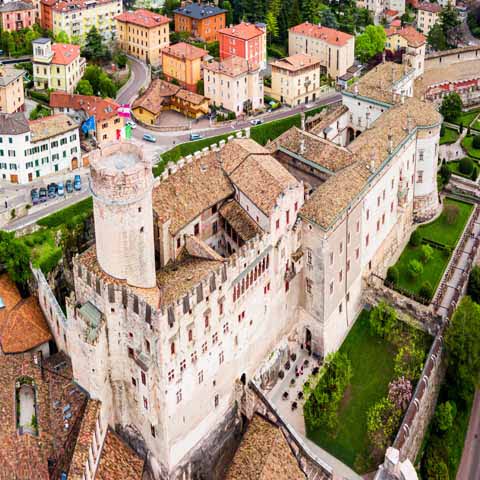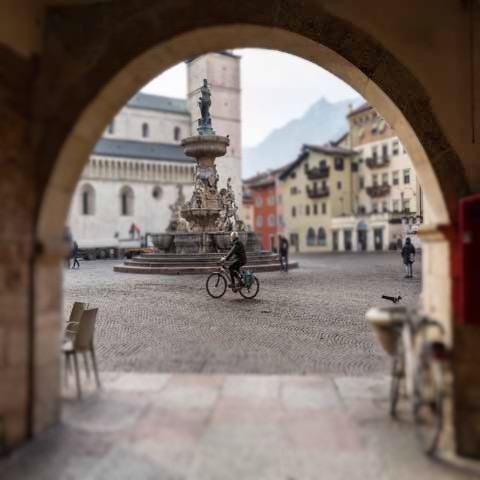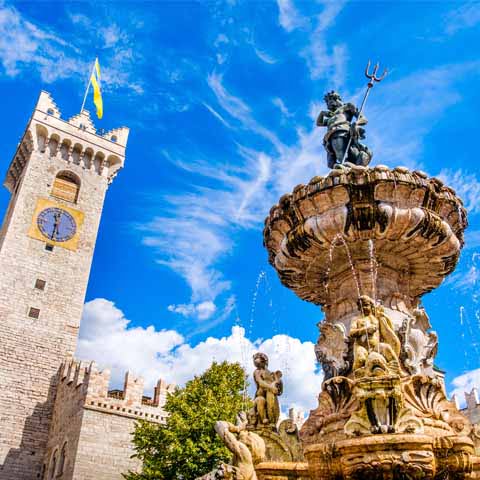Located in Northern Italy along the Adige River, Trento is the capital of the autonomous region of Trentino-Alto Adige and the capital of the autonomous province of Trento. The city is home to approximately 120,000 people and is the Alps’ third largest city.
Trento is characterized as a university town, as it is home to the University of Trento, which is consistently ranked among Italy’s top universities. Trento is also one of Italy’s best cities in terms of quality of life, economy, and standard of living. Furthermore, the city’s per capita GDP makes it one of Italy’s most prosperous cities. In fact, Trento was designated as the Alpine Town of the Year in 2004. Alpine Town of the Year is a great honor bestowed upon top cities in the Alpine area by the Alpine Town of the Year Association.
First settled by the Romans, the city of Trento is most well-known for the Council of Trent, which gave rise to counter-Reformation and convened in the city during the sixteenth century. The Council brought much of Europe back to Catholicism, so travelers will see the word consiglio, meaning “council,” throughout the city in many ways.
Trento has a long history of being occupied by different rulers and Empires, including the Etruscans, Gauls, Lombards, and Habsburgs. As a result, the city’s architecture, art, and culture have a unique and multi-cultural quality.
Today’s Trento is a thriving university city with a strong economy rooted in communication, tourism, science, and education.
As a travel destination, Trento offers incredible architecture, such as the city’s Cathedral of San Vigilio and Castello del Buonconsiglio, as well as a variety of science and art museums, and exciting sightseeing and shopping. It is a wonderful destination to visit on its own but is also perfect for serving as a jumping off point to enjoy other locations throughout the Italian Alps, such as high-end ski resorts and Alpine mountain towns.
Trento and the towns of the surrounding area are also home to interesting archeological sites. Within Trento, travelers can visit the Paleo Christian Basilica of San Vigilio, which is located underneath the Duomo, as well as the underground archeological site known as S.A.S.S., Casa Terlago, and Porta Veronensis. Additionally, the summit of the Doss Trento hill is home to the ruins of a fifth century Paleo Christian basilica.
GEOGRAPHY & CLIMATE
Trento is located in the Adige Valley of Northern Italy just south of the Dolomite Mountain range. The city is flanked by the Adige River. The Adige Valley is surrounded by various mountains – Vigolana, Monte Bondone, Paganella, Marzola, and Monte Calisio – resulting in many of Trento’s provincial towns being traditional mountain villages. The city is not far from various lakes, including Lake Caldonazzo, Lake Levico, Lake Toblino, Lake Carezza, and the stunning Lake Garda.
The weather in Trento is mild and comfortable, though winters do tend to be cold as a result of the Alpine setting. The average winter low is 38°F and the average high in the Summer is 77°F. There is a fair amount of rainfall throughout the city, even in drier months.
WHEN IN TRENTO
Stroll the city’s piazze. Piazza della Fiera, built in 1230, is the home of the famous Trento Christmas Market. Piazza del Duomo, considered the heart of the city, features the Diocesan museum and the city’s Cathedral. Piazza del Duomo is also home to the Fontana di Nettuno (the Fountain of Neptune), a nearly 40-foot-tall Baroque fountain by Francesco Antonio Gionco that features incredibly intricate and whimsical details.
Visit the incredible Castello del Buonconsiglio, a castle complex that is surrounded by fortified walls. Once the home of the bishop-princes, this thirteenth-century structure now features the Castello Del Buonconsiglio Museum, impressive design elements, and an array of incredible artwork including a variety of frescoes by artists such as the Dossi brothers, Romanino, and Marcello Fogolino.
See Trento’s Duomo. An amazing Romanesque cathedral, the city’s Duomo is best known for being the location that hosted the Council of Trent between 1545 and 1563. It features stunning architectural details and has a religiously significant archaeological area. It also has medieval frescoes and a colonnaded stairway.
Explore the city’s museums. Trento is home to a variety of unique and important museums that reflect the area’s history, infatuation with art, and advancements in science. Not far from the Duomo is the Museo Diocesano Tridentino. This museum features important religious collections, including pieces and artifacts from the period of the historic Council of Trent. It also holds contemporary art exhibits. The MUSE is another unique museum. Housed in a wonderful architectural work of art, this museum focuses on twenty-first century sciences.
Take in the city’s incredible art. Whether walking along the city streets and admiring the many frescoes throughout the area or exploring an art gallery such as Galleria Civica – a modern and contemporary art exhibition – there are a variety of ways to enjoy art in Trento. Many of the city’s churches display historic pieces as well.
Take a day trip to enjoy the wondrous natural outdoors of the region. Just outside of Trento there are a stunning array of hiking and biking trails as well as an impressive selection of ski resorts. There is also the Giardino Botanico Alpino, one of the Alps’ oldest and largest gardens, in which travelers can see thousands of species of plants. Travelers can also take the Funivia Trento–Sardagna cable car up to a stunning lookout point that gives a 1,200 feet high view of the city.
Well known as the site of the famous Council of Trent, the modern city of Trento is filled with gems that amaze its many visitors each year. In addition to the breathtaking Alpine scenery, travelers to Trento can enjoy the numerous examples of historic architecture, beautiful frescoes and other artworks, and fascinating archeological areas.
Travel Guides
The Trentino Alto Adige Region of Italy
The Cities of Trentino Alto Adige, Italy
